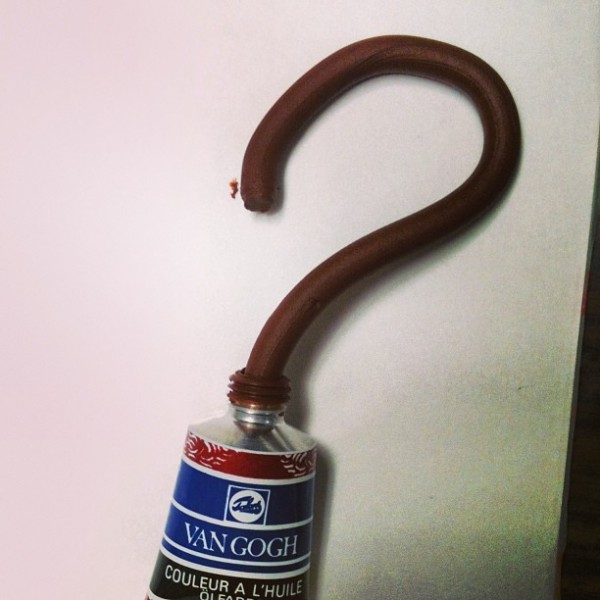God, give me grace to accept with serenity the things that cannot be changed, Courage to change the things which should be changed, and the Wisdom to distinguish the one from the other. (Serenity prayer attributed to Reinhold Niebuhr)
After more than ten years of practicing ‘change management’ I am feeling a bit uncomfortable. I am confused by an awkward feeling of incompetence and ignorance about what I consider to be my core competence.
When we say that we practice ‘change management’, which craft are we referring to?
Which Craft?
Regardless of the industry we work in, the methodology we use, or the certification we hold, there is another distinction we should make:
- Transition: bringing an organization from a predetermined point A to a predetermined point B. Implementation is the key word here. This is the world I am living in today and this is what I take for granted when I talk about my craft.
- Transformation: creating a new future state from scratch. Transformation is not about changing what is, but about creating what isn’t. It’s about shaping a different context in which new things become possible.
- Transcendence: being the change you want to see in the world. More and more I have come to believe that ‘who we are’ determines a great deal of the possibilities we create.
The three ‘craft types’ are related in a magic way. We learn that the hard way: certain transitions are not possible because the transition that is needed for the shaping of the right context fails. Likewise: certain transformations fail because we lack character, presence and sovereignty on the level of being.
Witch Craft?
The success rate of what we do (transition) is related to the context we create (transformation) and this depends on our strength of character (transcendence).
The point I am trying to make is that we often focus on the “management” part of ‘change management’ when we explain what we do. Nothing wrong with that. I’d just wish we’d be at least as articulate about the “change” part.
It’s a distinction worth making. We need to articulate ‘which craft’ we are practicing in order to make the ‘witch craft’ work. It’s a matter of aligning what we are with the context we create and what we do as a result of that. I know our clients would be better off if we ‘d be more articulate about this. Moreover, we – as practitioners – wouldn’t have such a hard time getting on the same wavelength.


